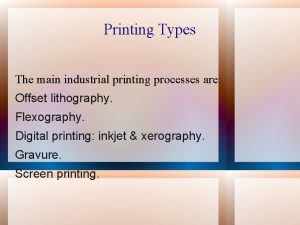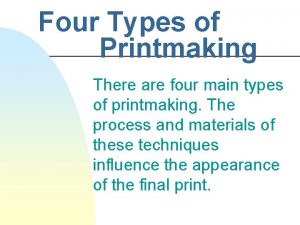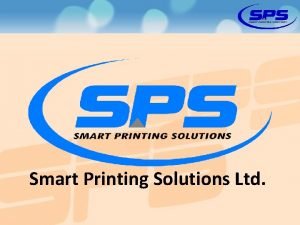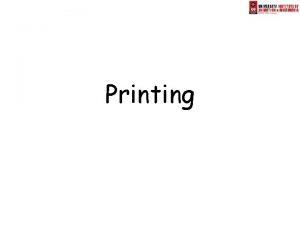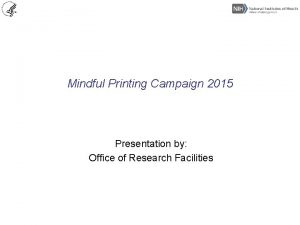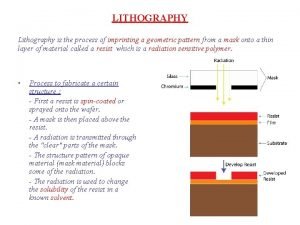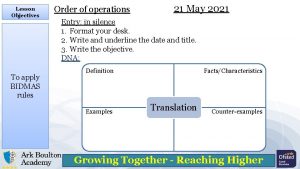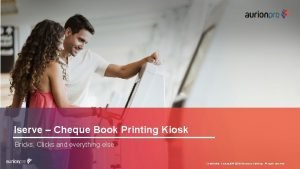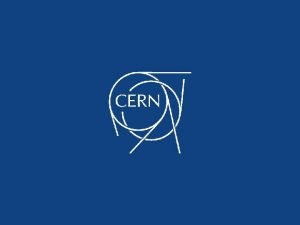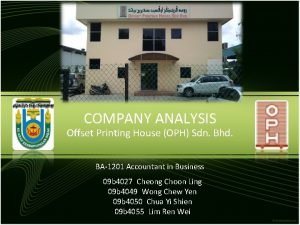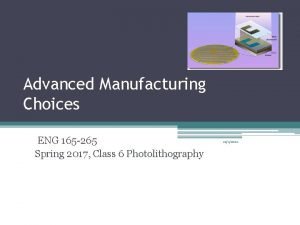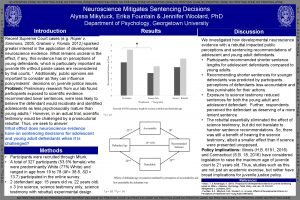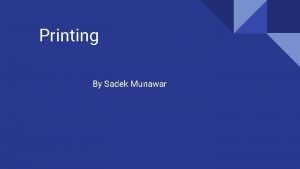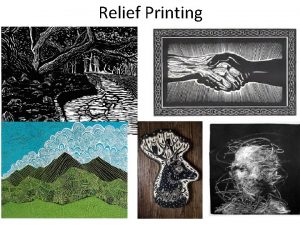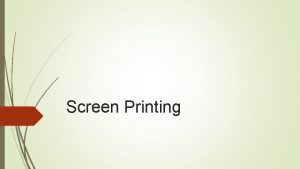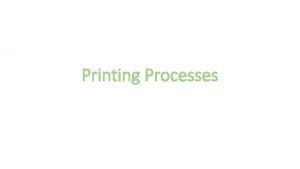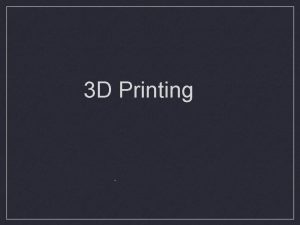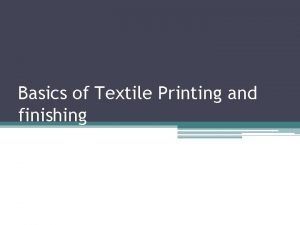3 D PRINTING TYPES OF 3 D PRINTING












- Slides: 12

3 D PRINTING TYPES OF 3 D PRINTING BY MR. GRAVITT

Vocab Words – What your going to learn today. Three most common types of 3 D printers/printing 1. Fused Deposition Modeling (FDM) a) Polylactic Acid (PLA) b) Acrylonitrile Butadiene Styrene (ABS) 2. Light Sensitive Resin: Photopolymer / Photolithography / Stereolithography a) Stereolithography (SL or SLA) b) Digital Light Processing (DLP) 3. Other types of printers and materials.

Fused Deposition Modeling (FDM) • Any printer that adds material to the model by extruding a liquid layer by layer onto the model that quickly hardens. • It’s the most common type of printer in use today • The next two types of printers discussed use this method of printing.

Polylactic Acid (PLA) • Biodegradable! • Melts at lower temperatures • Can use a cheaper printer and still get good results. • All of these are good things, but they are also a bad thing? If you are needing a strong durable part that will last through time, heat, and UV light.

Acrylonitrile Butadiene Styrene (ABS) • LEGO Plastic • Strong & durable • Handles high temps, but takes higher temps to print it… • It shrinks more than other plastics as it cools! • UV well, white will yellow • These are good things, but they are also bad, because that also means that it doesn’t degrade!

Light Sensitive Resin • Ultra High Resolutions • Expensive Resin • Printers are coming down in costs, resin is still expensive though… • Chemicals are dangerous and the fumes are toxic, so you have to have ventilation. • Several types of printers that can use liquid resin.

Digital Light Processing (DLP) • Uses a DLP Projector as the light source for the printer. • Less Expensive when compared to a SLA printer, however it is not quite as precise.

Stereolithography (SL/SLA) • Uses a laser and movable mirrors as the light source for the printer. • More expensive, but extremely high precision prints can be achieved.

Selective Laser Sintering (SLS) • Uses a laser to fuse a layer of powered material onto the model • More expensive, but can produce metal components

Mixes and Other/Exotic Plastics • PLA mixes - with other stuff mixed into the plastic such as metals, fibers, chemicals, particles, and etc. • ABS • Nylon • Poly Carbonate (PC) • Wax • Polyethylene Terephthalate (PETG), (PET), and/or (PETT)

PLA Mixes • • • PLA mixes - with other stuff mixed into the plastic such as metals, fibers, chemicals, particles, and etc. Metals: Copper, Brass, Bronze, Iron a) Iron can be picked up with a magnet b) Can be tarnished Carbon a) With Graphene added it can conduct electricity, build circuits, wires, and etc. b) Carbon Fibers with up to 20% carbon fibers added it can create very strong parts, can’t handle heat, UV, etc. Woods – Wood fibers mixed in with the PLA plastic. Glow in the Dark – with glow in the dark plastic particles added to the mix it can glow: green, red, pink, yellow, or orange. Color-Changing – changes color with temperature, usually two colors: purple to pink, blue to green, and yellow to green High Impact Polystyrene (HIPS) – Hardness of polystyrene and elasticity of rubber. It can be used as a support material, it dissolves in a hydrocarbon type solvent. It is stronger than PLA or ABS, warps less than ABS, and it can easily be glued, sanded, and/or painted. Polyvinyl alcohol (PVA) – is water soluble, so it is commonly used as a support material. WAX – used to make “lost-wax” castings. Acrylonitrile Styrene Acrylate (ASA) – Strong, Rigid, easy to print with, resistant to chemicals, heat, and UV. Can crack while printing. Used primarily to produce items that go outdoors or in machinery. Polypropylene (PP) – Tough, flexible, light, chemical resistant, and food safe. However, it is very difficult to print with, it warps and doesn’t stick to itself very well when printing! Polyoxymethylene (POM) aka “Acetal” – strength, rigidity

